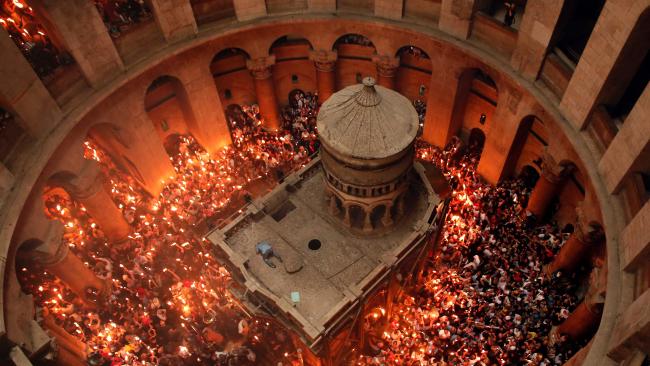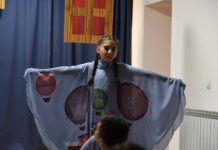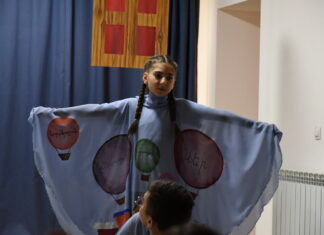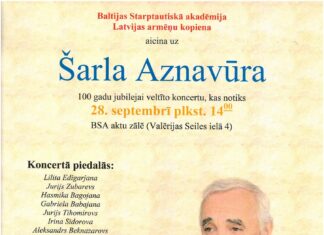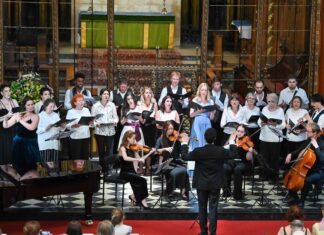By Nora Hamerman
WASHINGTON — There is no more sacred place in Christianity than the Church of the Holy Sepulchre in Jerusalem. And now you can visit it — virtually, anyway — here in the nation’s capital at the interactive “Tomb of Christ” exhibit of the National Geographic Museum (https://www.nationalgeographic.org/dc) that unifies cutting-edge science and technology with faith.
The science has been deployed to conserve and shed new light on the ancient building. The faith stirs the feelings of every Christian who approaches those places where our Savior suffered, died, and rose again, according to a tradition that goes back until at least the 4th century. (The latest scientific tests confirmed the presence of rock-cut Jewish tombs dating back to the first century, when Jesus lived.)
The exhibit celebrates the recent preservation of the Aedicule of the Holy Sepulchre built by Franciscan friars in 1555. Led by an interdisciplinary group of engineers, researchers, stonemasons, and professors from the National Technical University of Athens, the work began in 2016 and was completed by Easter 2017.
This precious complex has undergone many cycles of destruction and rebuilding since the first Christian Emperor Constantine first visited in 325. Constantine tore down a Roman temple that had been erected to counteract growing Christian fervor, and built the first church on the site. It was wrecked under Arab rule in the 7th century. Earthquakes and fires wreaked further havoc. Each time it was rebuilt.
The constant traffic of visitors and the destructive impact of water, humidity, and soot from gas lamps and candles have undermined the stability of the building. The stone walls of the Aedicule were beginning to buckle outward. Intervention was urgent.



